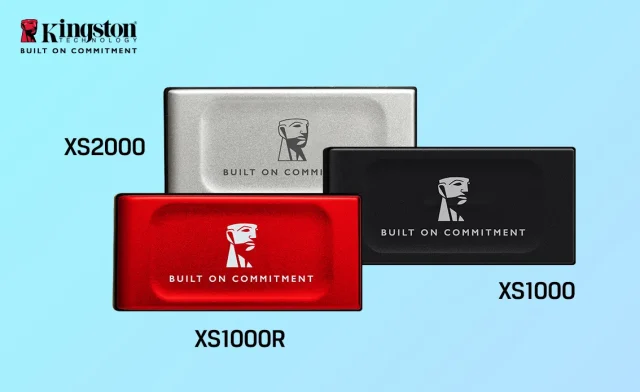It looks like VR is finally here to stay, and game developers have started to throw together ‘design principles’ that should, in theory, create the ultimate VR experience. Let’s run you through them.
Virtual World
VR relies on creating a ‘virtual world’—a space that a person genuinely believes they are in. A person can wander around this world and interact with it in real-time. While they won’t be able to interact with every element (that would be pretty cumbersome from a design perspective), they should be able to interact with enough of it to genuinely feel like they are part of the virtual world. For example, the new gaming portfolio for many online casinos is starting to look into using VR to replicate the feel of being in a real casino. This initiative aims to enable players to interact with tangible elements like chips and cards. This approach underscores one of the best design principles for creating the ultimate VR experience: ensuring user interaction is meaningful and seamlessly integrated into the virtual world.
Immersion
The player should feel immersed in the world they are in. This means surround sound audio or gaming headphones and very few ‘issues’ with the graphics, i.e., if a player turns around too fast, they aren’t going to see screen tearing or blank spaces. The graphics will also play a role in immersion, an area that many VR developers are undecided about. A VR experience is similar to a video game, so a designer has to determine how ‘realistic’ they want the graphics to be. More cartoony graphics in a VR game are acceptable, provided the immersion is perfect. Not everything has to replicate the real world. A person just needs to believe they are in the world that the VR experience is trying to replicate.
Sensory Feedback
The player needs to get some sort of sensory feedback that they’re in the real world. The sounds and movements need to correspond with what they are doing. The world needs to feel realistic. For example, facial head movements must be tracked in real-time in the game. There should be no delay. If a VR headset has vibrations, the game can play with that to make the player feel like they are in that world. As VR tech develops, we may even see developers experiment with smells in games, although that is a long way off.
Interaction
Finally – a player isn’t just part of the virtual world; they are in that gaming world. This means that they need to have some interaction with it. They aren’t just walking through it. The gaming world doesn’t need to be realistic, or at least the interactions in that world don’t need to be, but they should ‘feel’ as if a person is there. This includes picking up objects, tackling enemies, etc. The more a developer can ‘nail’ the interaction in the game, the better the VR experience tends to be. This is why so many developers are now focusing their development on player interaction.











